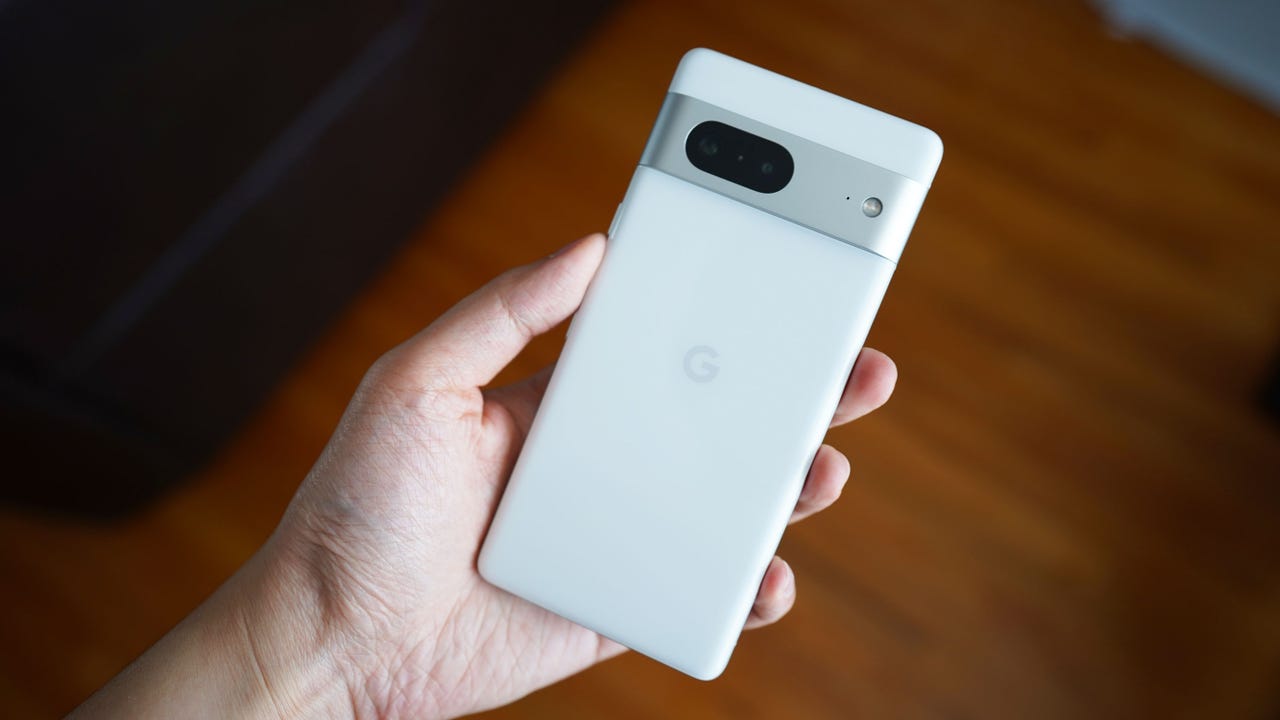'ZDNET Recommends': What exactly does it mean?
ZDNET's recommendations are based on many hours of testing, research, and comparison shopping. We gather data from the best available sources, including vendor and retailer listings as well as other relevant and independent reviews sites. And we pore over customer reviews to find out what matters to real people who already own and use the products and services we’re assessing.
When you click through from our site to a retailer and buy a product or service, we may earn affiliate commissions. This helps support our work, but does not affect what we cover or how, and it does not affect the price you pay. Neither ZDNET nor the author are compensated for these independent reviews. Indeed, we follow strict guidelines that ensure our editorial content is never influenced by advertisers.
ZDNET's editorial team writes on behalf of you, our reader. Our goal is to deliver the most accurate information and the most knowledgeable advice possible in order to help you make smarter buying decisions on tech gear and a wide array of products and services. Our editors thoroughly review and fact-check every article to ensure that our content meets the highest standards. If we have made an error or published misleading information, we will correct or clarify the article. If you see inaccuracies in our content, please report the mistake via this form.
How to enable the free Google One VPN on your Pixel device

By default, the network traffic from your Android device is mostly unencrypted and can be easily viewed by a third party with the right tools and skills. Believe me when I tell you that you do not want that. If you transmit banking information, personal data, or even account logins, someone could be waiting to snag those bits of data and use them against you.
There are plenty of ways to prevent that, such as using Private DNS. But one of the best means of securing the data packets sent from your Android device is to use a VPN -- and the newest Pixel devices have one built in.
Also: The best mobile VPNs
What is a VPN? Simply put, VPNs encrypt and anonymize the network traffic as it leaves your device, thereby making it harder for third parties to intercept and read it. VPNs also hide your location, which makes it harder for people and services to track you.
Using a VPN does slow down your device's network traffic a bit. This is because that outgoing traffic is routed to different servers in different countries. Given the high speeds of modern networks, this is a fair trade-off, as your network traffic will still be at an acceptable speed.
So, if a free, built-in VPN service sounds right up your alley, let me show you how to enable it in Android.
How to enable Google One VPN on your Pixel
What you'll need: To make use of the free Google One VPN, you'll need a device running an updated version of Android 13. You'll also want to make sure to have the latest security patch applied. If you're not sure whether you've already applied the latest update, go to Settings > System > System Update and check for it. If the update is available (it should be), make sure to apply it.
One thing to keep in mind is that Google One VPN is only "free" on the Pixel 7, Pixel 7 Pro, Pixel 7a, and Pixel Fold. For all other Android devices, a Google One plan starts at $1.99/month. Google One memberships come with more than the VPN (expanded storage, enhanced editing features, etc), but the Pixel devices listed here only grant you access to the VPN, not all G1 benefits.
That's all you need. Let's get that VPN enabled.
1. Open the Google One app
The first thing to do is open your Android App Drawer and launch the Google One app by tapping the associated launcher.
2. Open the VPN feature
From the Google One page, tap the VPN tile and you'll be greeted by the VPN app. On the VPN by Google One page, tap the ON/OFF slider until it's in the ON position.
VPN by Google One is available to the Android 13 OS with the December update applied.
3. Enable the VPN
A pop-up will appear asking you to okay the connection request. When prompted, tap OK and you can then close out the Settings app.
You must OK the connection request to enable the VPN.
Disabling and re-enabling the VPN
While the VPN is connected, you'll see a card in your Notification Shade. From that card, you can tap Disable VPN to disable the service.
Also: What is an IP address and how do you change it with a VPN?
The fastest way to enable and disable the VPN is by way of the Quick Setting Tiles in the Notification Shade. The VPN tile isn't found in the Quick Tiles section by default. To add it, drag the Notification Shade down twice and tap the pencil icon at the bottom right corner of the bottom right Quick Settings Tile. On the Tiles page, scroll down until you see VPN by Google One. Tap and drag that tile to the top of the page and then tap the right-pointing arrow to back out of the Quick Settings Tiles edit window.
Adding the VPN by Google One Quick Tile.
Now, if you open the Quick Settings Tiles, you can tap to enable or disable the VPN. And that's all there is to it. Android users now have access to a free, built-in VPN service that should be used anytime sensitive data is transmitted or if you're on an insecure wireless network.
